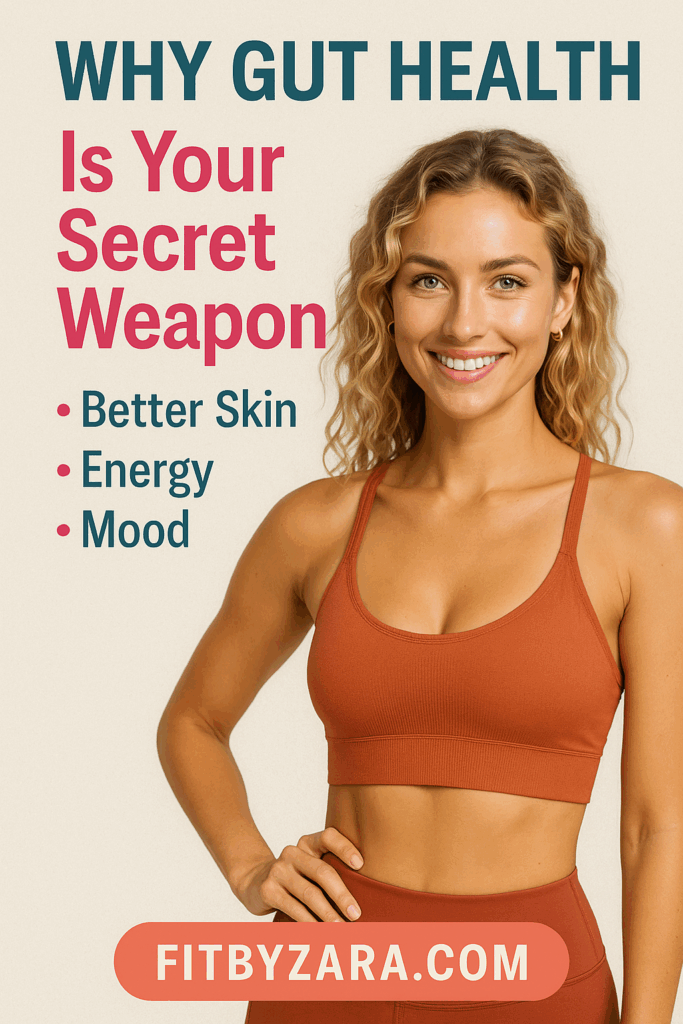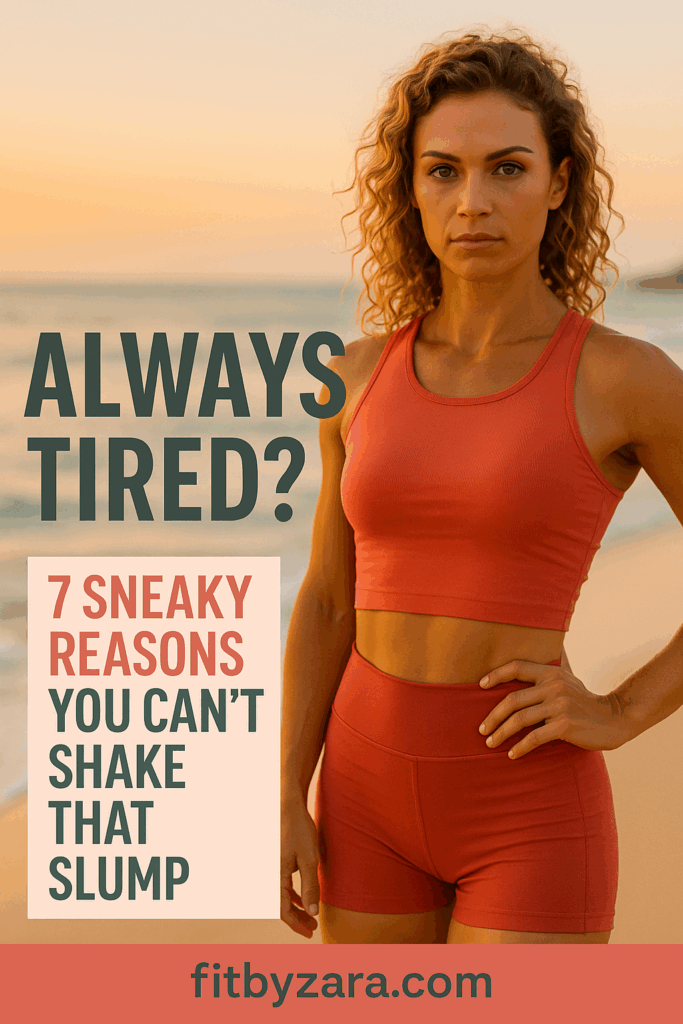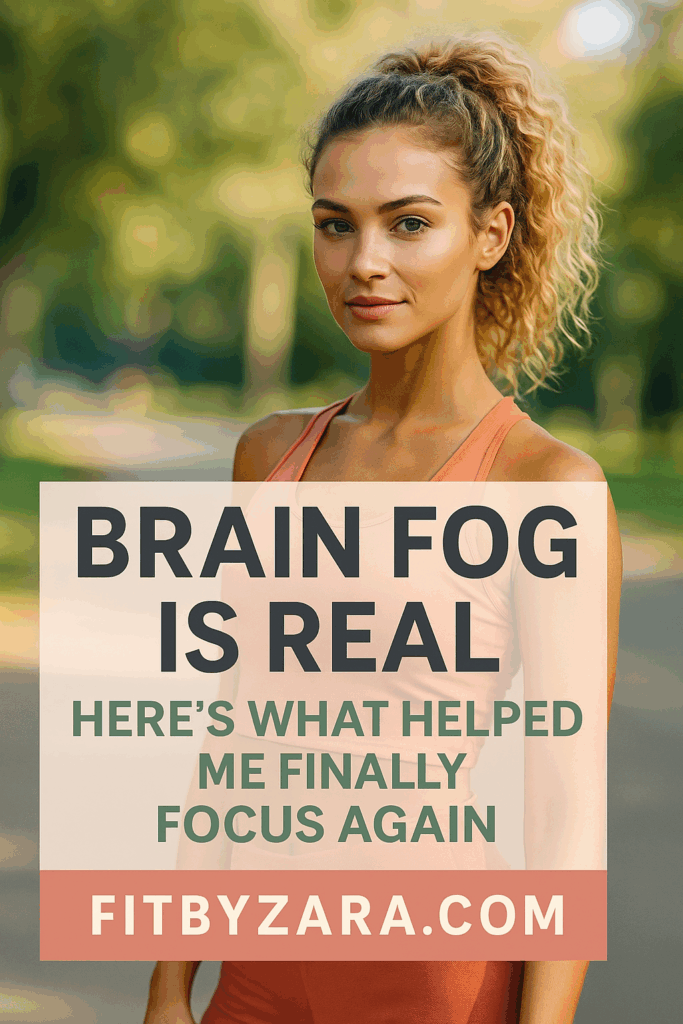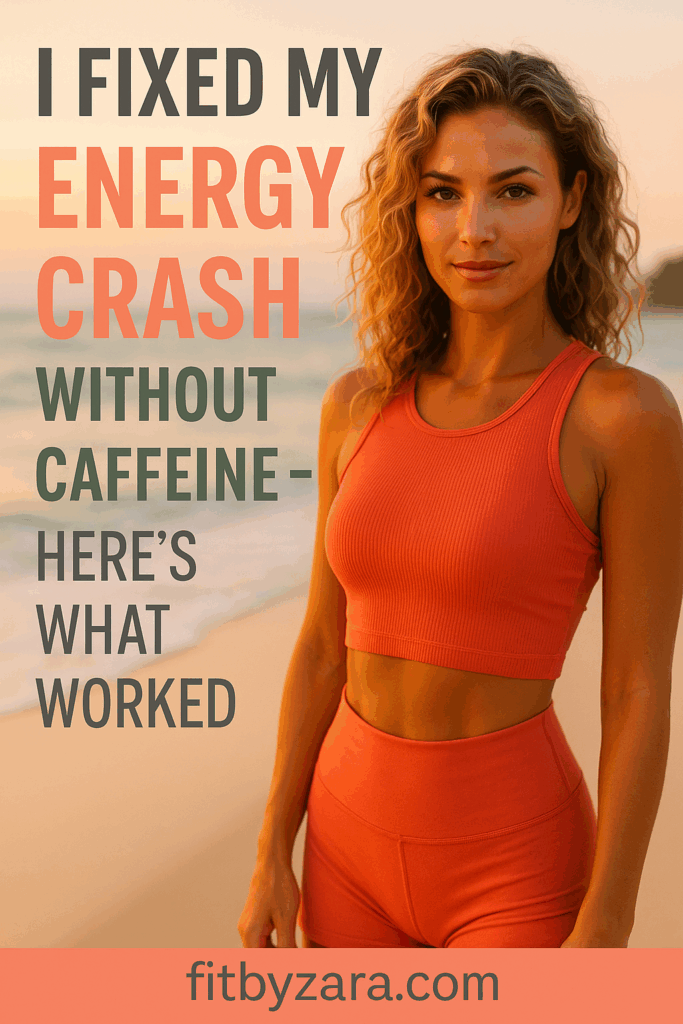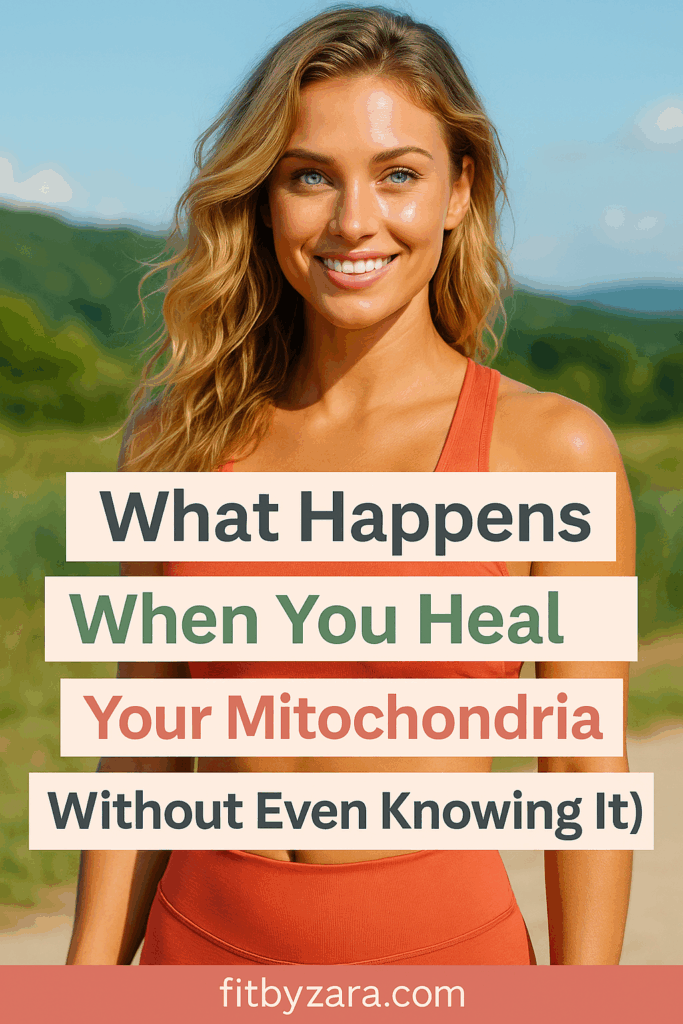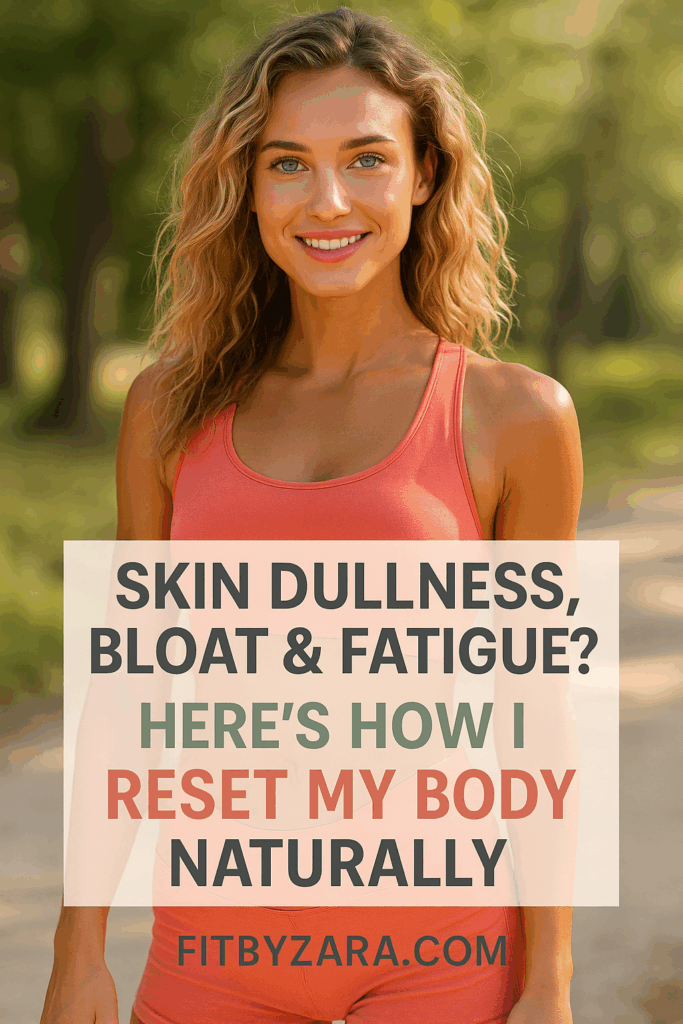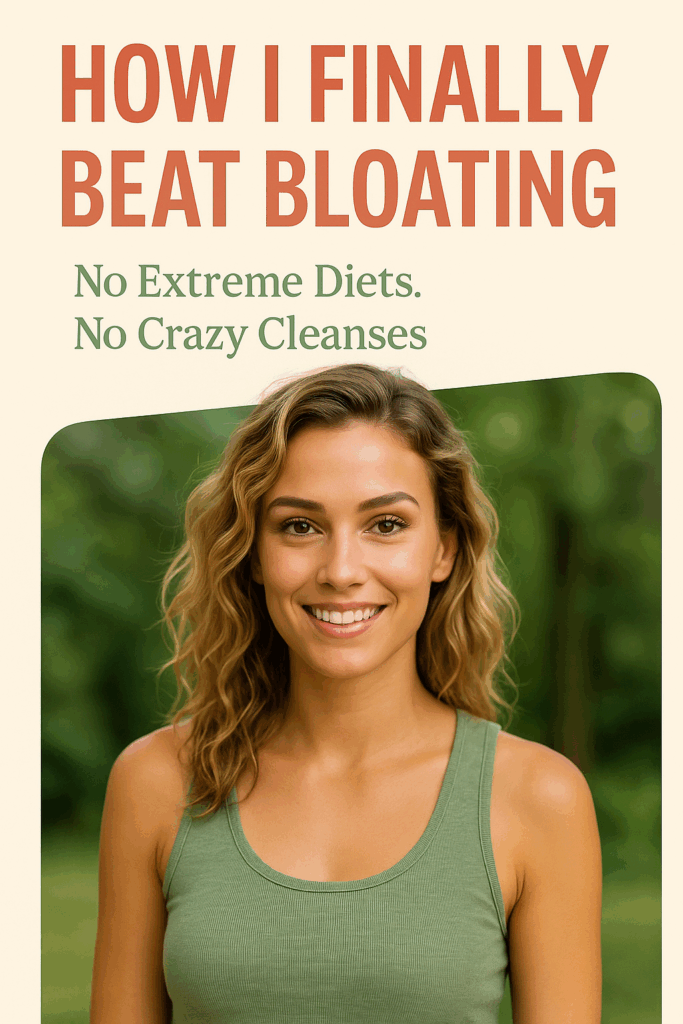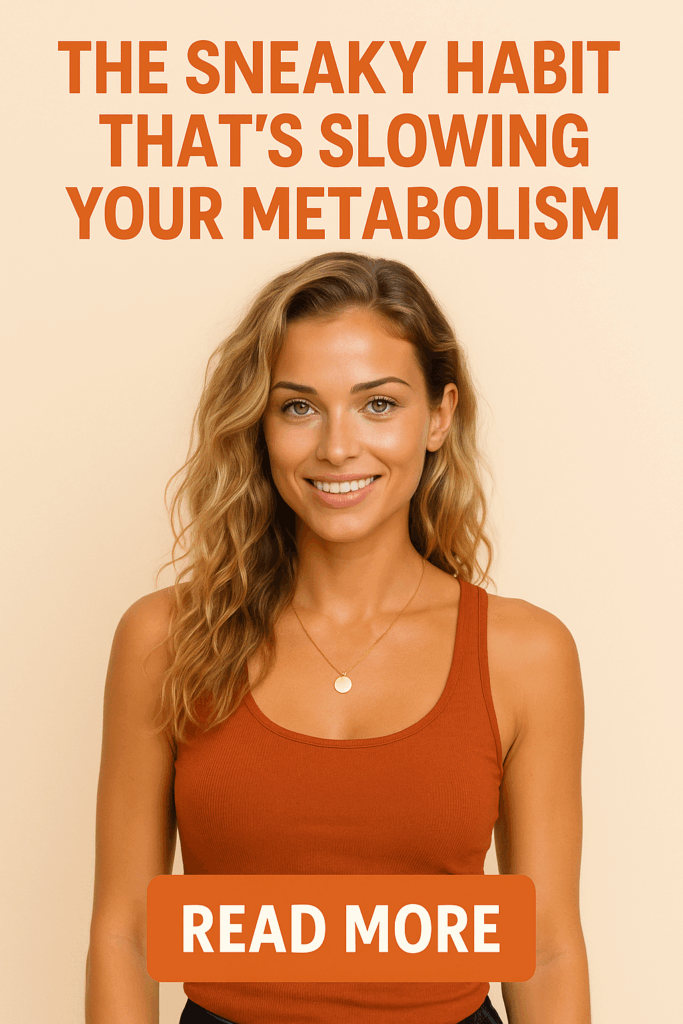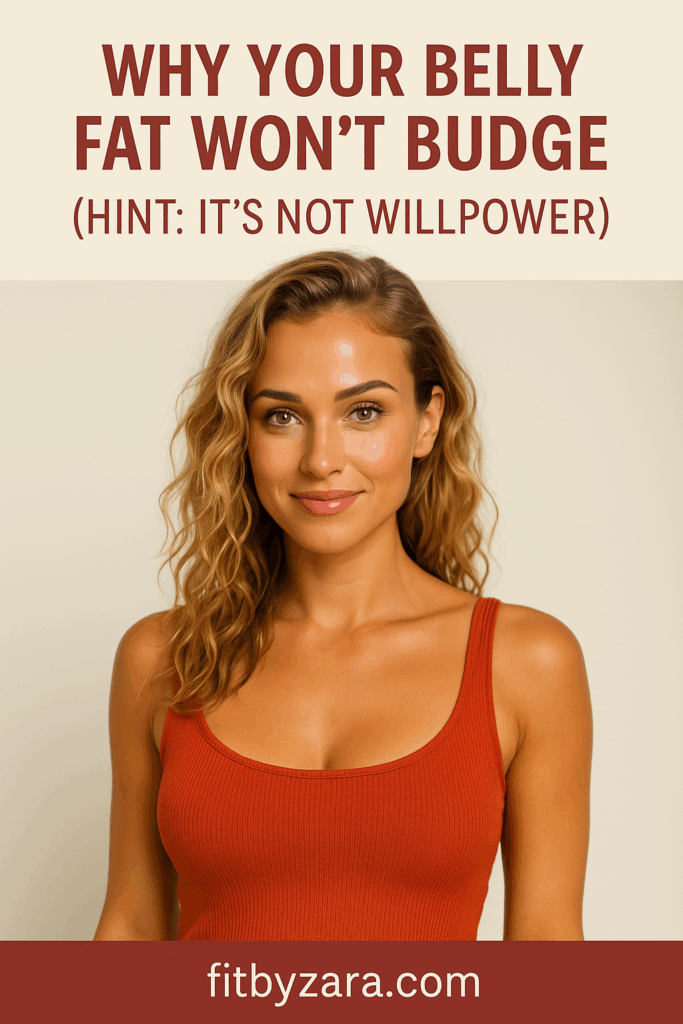As we navigate through our 30s and beyond, finding the right exercise routine that fits our lifestyle becomes essential. Sure, the gym has its perks—weights, machines, and that motivational vibe—but let’s not forget about one of the simplest, yet most effective forms of exercise: walking outdoors. Today, we’re diving into why stepping outside might just be the better option for your fitness journey.
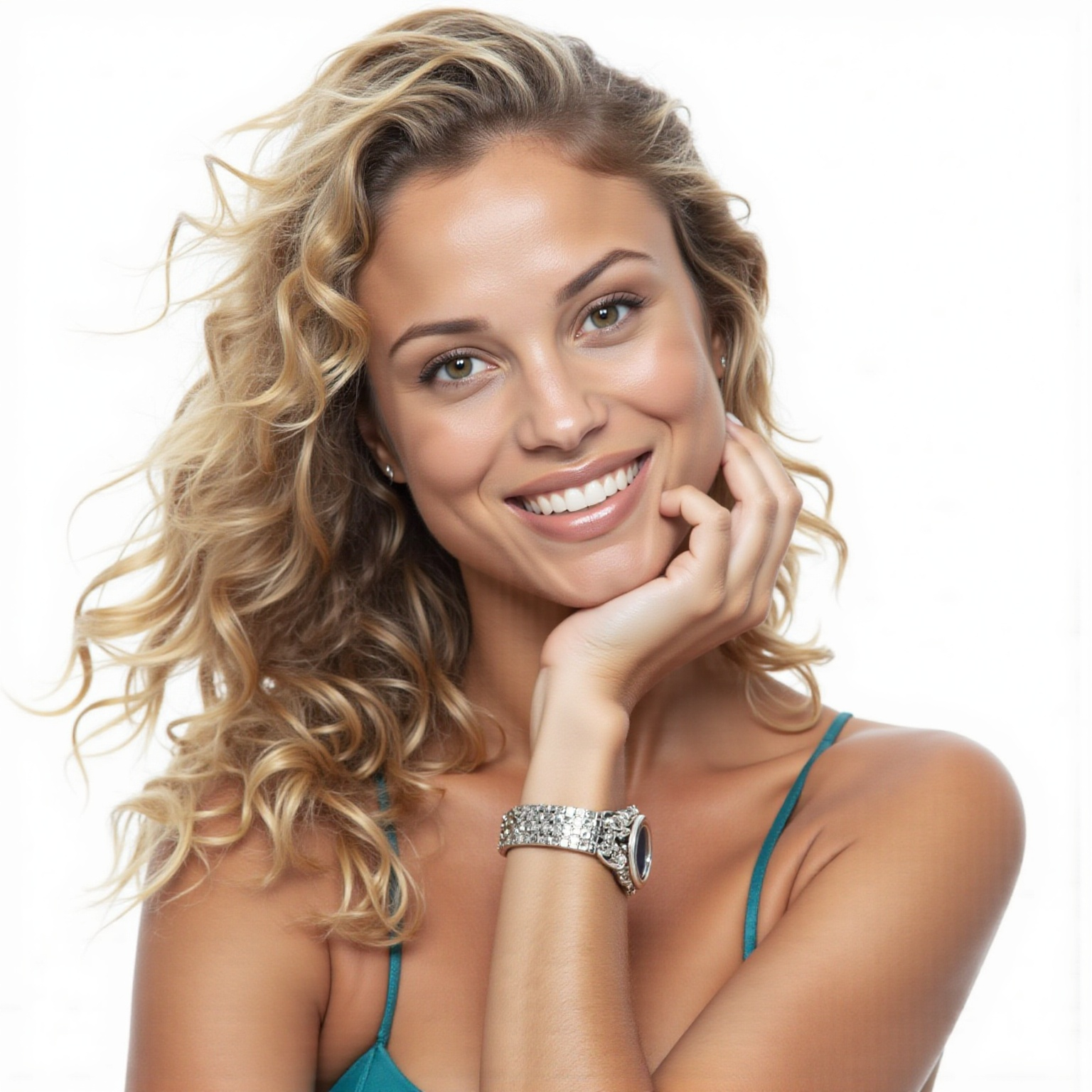
Hi, I’m Zara — fitness junkie, wellness nerd, and the voice behind FitByZara.com. This site is all about smart fitness and science-backed wellness tips for real women who want to feel their best.
The Benefits of Walking Outdoors
3-Day Energy & Metabolism Reset
Grab the 3-Day Energy & Metabolism Reset — a quick-start guide to feel lighter, more energized, and back in control.

Where should I send your free reset guide?
Fresh Air and Sunshine
Who doesn’t love a little Vitamin D? Walking outdoors means you’re soaking in sunlight, which can boost your mood and energy levels. Plus, fresh air is invigorating.
- Sunshine Benefits:
– Mood booster
– Increases energy
– Improves sleep quality
Connection to Nature
Studies show that being in nature reduces stress and promotes feelings of well-being. The sights and sounds of the great outdoors can be a powerful antidote to the hustle and bustle of everyday life.
- Nature Benefits:
– Reduces anxiety
– Enhances creativity
– Boosts mental clarity
Flexibility and Freedom
One of the best parts about walking outdoors is the freedom it provides. You can choose your route, pace, and even your company. No need to synchronize schedules with gym buddies.
- Walking Freedom:
– Choose your own adventure (hills, parks, trails)
– Walk at your own speed
– Bring along friends, family, or even your favorite playlist
Mini Workout: Outdoor Walking Routine
Ready to lace up those sneakers and hit the pavement? Here’s a mini workout to help you maximize your outdoor walking experience:
Warm-Up (5 Minutes)
- Dynamic Stretches:
– Arm circles: 30 seconds
– Torso twists: 30 seconds
– Leg swings: 30 seconds each leg
30-Minute Walking Routine
- Beginner: Walk at a comfortable pace for 30 minutes.
- Intermediate: Walk for 25 minutes at a brisk pace, followed by 5 minutes of power walking (increase your speed).
- Advanced: Walk for 20 minutes at a brisk pace, then alternate between 1 minute of power walking and 2 minutes of recovery walking for the last 10 minutes.
Cool Down (5 Minutes)
- Static Stretches:
– Hamstring stretch: 30 seconds each leg
– Quadriceps stretch: 30 seconds each leg
– Shoulder stretch: 30 seconds each arm
Walking vs. Gym: The Real Talk
Cost-Effective
Let’s face it, gym memberships can be pricey. When you walk outdoors, you save money that can be better spent on, well, anything else!
- Cost Comparison:
– Gym membership: $30-$100/month
– Walking outdoors: FREE!
Community and Connection
Walking outdoors can also help you feel more connected to your community. Whether you’re strolling through a local park or along the beach, you’ll likely cross paths with friendly faces, and maybe even meet new friends.
- Community Benefits:
– Opportunities to connect with others
– Join walking groups or clubs
– Participate in local events
Mindfulness and Mental Health
Walking outdoors encourages mindfulness. As you take in your surroundings, you become more present, which is a valuable practice in our fast-paced lives.
- Mindfulness Techniques:
– Focus on your breath
– Notice the colors and sounds around you
– Practice gratitude for your ability to move
Getting Started: Your Outdoor Walking Checklist
Before you head outside, keep this checklist in mind:
- Comfortable Shoes: Invest in good walking shoes to support your feet.
- Appropriate Clothing: Dress in layers based on the weather.
- Water Bottle: Stay hydrated, especially on warm days.
- Sunscreen: Protect your skin from UV rays.
- Music/Podcasts: Bring along your favorite tunes or listen to a podcast for added motivation.
Overcoming Obstacles
Weather Woes
Rain or shine, there’s usually a way to make walking outdoors work. If it’s pouring, consider a local mall or covered area. On sunny days, find a shaded route or walk during cooler hours.
Safety First
Always prioritize safety. Walk in well-lit, populated areas, especially if you’re out early or late in the day. Consider using a walking app to track your route.
Boredom Be Gone
Change up your routes to keep things fresh! Explore new parks, or try walking with a friend to chat and catch up.
Zara Says
“Walking outdoors is not just exercise; it’s a celebration of movement and the world around us.”
Making It a Habit
Set Goals
Whether it’s a daily step count or a certain number of walks per week, setting realistic goals can help you stay on track.
Join a Group
Find a local walking group or start one with your friends. This adds accountability and makes it a social event.
Track Your Progress
Use apps or a simple journal to track your walks. Documenting your progress can be incredibly motivating.
Final Thoughts
Walking outdoors is a beautiful blend of exercise, nature, and mental wellness. As women in our 30s and beyond, we owe it to ourselves to embrace this simple yet effective form of movement. So, grab your sneakers, head outside, and let the journey begin! Whether it’s a stroll through your neighborhood or a hike in the hills, walking outdoors is a fantastic way to nurture your body and soul.
Remember, the best workout is the one you enjoy, and walking outdoors just might be your new favorite thing. Happy walking!
HepatoBurn: Gentle Support for Steadier Days
When you’re stacking real habits—protein-forward meals, steps, and 7–9 hours of sleep—HepatoBurn is a simple add-on that supports the system behind energy, appetite, and metabolic rhythm.
Why Women 30+ Use It
- Pairs with an already-solid routine—no jitters, no crash.
- Easy to remember: 2 capsules with meals.
- Plays well with protein, walking, and strength training.
How to Use
- Timing: Breakfast & lunch are easy wins.
- Consistency: Use daily for a fair assessment.
- Stacks: Protein-first plates, post-meal walks, lights-down wind-down.
What It Isn’t
- Not a stimulant and not a magic fix.
- Best used alongside habits you’ll actually keep.
- Educational only—talk to your provider before new supplements.
Important: Educational only, not medical advice. Supplements don’t diagnose, treat, cure, or prevent diseases. Talk to your provider before changes to diet, exercise, or supplements.




